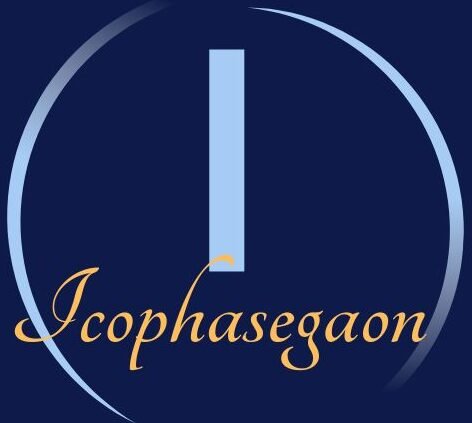In the realm of coin collecting, some mistakes make common coins worth a fortune to collectors. A good example is the 1983 Lincoln Penny, which has a doubled die reverse error. This mistake has made the coin sell for as much as $7,050 at auction.
In this article, we are going to discuss this rare mistake, how to identify it, and its value to coin collectors in detail.
History and Composition of the 1983 Lincoln Penny

The U.S. Mint produced the Lincoln Penny in 1983 using mostly 97.5% zinc and 2.5% copper. The coins had been made mainly of copper prior to this but were altered due to the increase in the cost of copper.
Yet, the design was not altered. The obverse of the coin (front) continued to show President Abraham Lincoln’s portrait, and the Lincoln Memorial was shown on the reverse (back).
What is a Doubled Die Reverse Error?
When a design is repeated in the die (mold) during the coining of a coin, it is referred to as a doubled die error.
This mistake was discovered in the 1983 Lincoln cent on the back of the coin. The mistake obviously displays duplication in the below words:
- ONE CENT”
- E PLURIBUS UNUM”
- UNITED STATES OF AMERICA”
This duplication is sometimes so evident that it can be noticed even without the use of any special tool, and therefore it becomes even more desirable for coin collectors.
How to determine if you have this uncommon coin?
If you possess a 1983 Lincoln penny and wish to verify its error, take note of the following:
- Duplications in words: Carefully examine the words inscribed on the back of the coin. If they exhibit a shadow effect or are thicker than usual, it can be a doubled die error.
- Fine details: The coins with more evident duplications are worth more.
- Appraisal instruments: Employ a jeweler’s loupe or magnifying glass to examine the coin closely.
1983 Lincoln Penny Value and Price

Its value will rely on how good its condition is and how apparent the doubled die error is. Uncirculated coins with a clearly apparent error can fetch much more money.
The most valuable 1983 doubled die reverse pennies are valued as indicated in the table below:
Type of coin Condition Estimated value
| Coin Type | Condition | Approximate Value |
|---|---|---|
| Standard 1983 Penny | Circulated | Face Value |
| Standard 1983 Penny | Uncirculated (MS68) | Up to $575 |
| 1983 Doubled Die Reverse Penny | Uncirculated (MS68) | Up to $7,050 |
Besides the doubled die reverse, 1983 Lincoln pennies also possess some other rare mistakes that can make them even more valuable:
Transitional Error:
- A few 1983 pennies were error-minted in copper, when they were supposed to be minted in zinc.
- Copper 1983 pennies weigh around 3.1 grams, while zinc ones weigh 2.5 grams.
- This is a rare mistake that can make the coin worth more than $20,000!
Die Clash Error:
This error occurs when the obverse and reverse molds collide with each other while the coin is being minted, leaving a slight imprint of the design on both sides of the coin.
If this effect is obvious, a coin with this error may still be valuable.
Conclusion
The doubled die reverse error on the 1983 Lincoln penny is a thrilling discovery for coin hobbyists. With luck, the rare error would make a hobbyist sell his or her commonplace-appearing coin for a profit of thousands of dollars.
If you possess a 1983 Lincoln penny, take a good look at it and if any mistakes are evident, have them verified by a reputable coin grading service. That seemingly common coin you possess may be worth thousands of dollars!
FAQs
Q1. How can I tell if my 1983 Lincoln penny has the doubled die reverse error?
Check the reverse side of the coin for clear doubling in the words “ONE CENT,” “E PLURIBUS UNUM,” and “UNITED STATES OF AMERICA.” A magnifying glass can help identify this error more clearly.
Q2. How much is a 1983 doubled die reverse penny worth?
The value depends on its condition. Circulated ones may fetch a few hundred dollars, while an uncirculated MS68RD graded coin has sold for up to $7,050.
Q3. What other errors should I look for in a 1983 Lincoln penny?
Apart from the doubled die reverse, rare transitional errors (copper planchet instead of zinc) and die clash errors can significantly increase the penny’s value, with some copper errors worth over $20,000.
Q4. Where can I sell my 1983 Lincoln penny if I find an error?
You can sell it through coin dealers, auction houses, or online marketplaces like eBay and Heritage Auctions. Getting it graded by a professional service like PCGS or NGC can help maximize its value.
Q5. How rare is the 1983 doubled die reverse penny?
It is considered rare but not impossible to find. While thousands may exist, finding one in high-grade, uncirculated condition is much harder, making those coins the most valuable.



